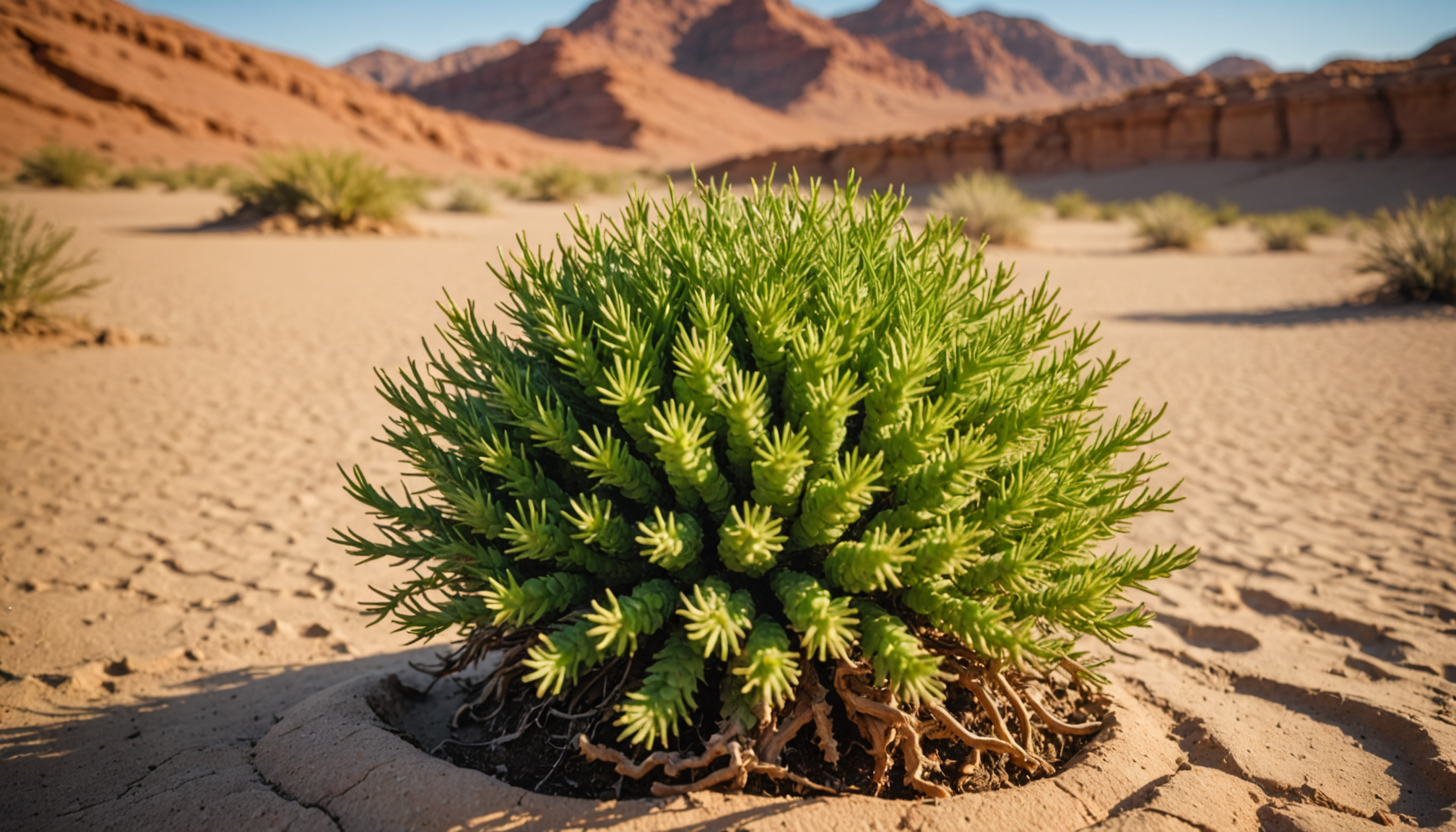The Resurrection Plant as a Symbol of Hope and Resilience
The resurrection plant, a botanical marvel, embodies nature's tenacity. These unassuming plants, often found in arid regions, possess an extraordinary ability to withstand near-total desiccation, shriveling up into seemingly lifeless brown balls.
- The Resurrection Plant as a Symbol of Hope and Resilience
The resurrection plant, a botanical marvel, embodies nature's tenacity.
- These unassuming plants, often found in arid regions, possess an extraordinary ability to withstand near-total desiccation, shriveling up into seemingly lifeless brown balls.
- Yet, with the return of moisture, they unfurl, transforming back into vibrant green organisms.
- This remarkable transformation has captivated observers for centuries, leading to the resurrection plant becoming a potent symbol of hope, resilience, and the enduring power of life.
- We will explore the science behind this phenomenon and its cultural significance.
The Resurrection Plant as a Symbol of Hope and Resilience
The resurrection plant, a botanical marvel, embodies nature’s tenacity. These unassuming plants, often found in arid regions, possess an extraordinary ability to withstand near-total desiccation, shriveling up into seemingly lifeless brown balls. Yet, with the return of moisture, they unfurl, transforming back into vibrant green organisms. This remarkable transformation has captivated observers for centuries, leading to the resurrection plant becoming a potent symbol of hope, resilience, and the enduring power of life. We will explore the science behind this phenomenon and its cultural significance.
Unveiling the Secrets of Revival
The resurrection plant‘s ability to survive extreme dehydration hinges on a complex interplay of physiological adaptations. One key factor is the production of trehalose, a sugar that acts as a natural protectant for cellular structures. As the plant dries, trehalose replaces water molecules, preventing damage to cell membranes and proteins. This process, known as anhydrobiosis, allows the plant to enter a state of suspended animation, minimizing metabolic activity and conserving energy until favorable conditions return. Plants like Selaginella lepidophylla and Craterostigma plantagineum are prime examples of this adaptation, showcasing the remarkable resilience found in the plant kingdom. The process also involves the synthesis of protective proteins called dehydrins, which further stabilize cellular components during desiccation. These proteins bind to DNA and RNA, preventing their degradation and ensuring that the genetic material remains intact. Furthermore, the plant’s cell walls undergo structural modifications, becoming more flexible and resistant to collapse. This intricate combination of biochemical and structural adaptations allows the resurrection plant to endure prolonged periods of drought and rapidly revive upon rehydration.
The revival process itself is equally fascinating. When exposed to water, the plant rapidly rehydrates, absorbing moisture through its leaves and roots. The cells swell back to their original size, and metabolic activity resumes. Photosynthesis restarts, and the plant begins to produce energy. This entire process can occur within a matter of hours, transforming the seemingly dead plant back into a vibrant green organism. The speed and efficiency of this revival are truly remarkable, highlighting the plant’s exceptional adaptation to arid environments. Consider the example of Anastatica hierochuntica, also known as the Rose of Jericho, which can completely dry out and detach from its roots, rolling across the desert floor until it encounters moisture. Upon rehydration, it unfurls its branches and releases its seeds, ensuring the continuation of its species. This nomadic lifestyle and rapid revival make it a powerful symbol of resilience and adaptability.
Beyond trehalose and dehydrins, other factors contribute to the resurrection plant‘s survival. Antioxidant compounds help to protect against oxidative stress, which can occur during both desiccation and rehydration. These compounds neutralize free radicals, preventing damage to cellular components. Additionally, the plant’s unique leaf structure minimizes water loss during dry periods. Some species have small, tightly packed leaves, while others have a waxy coating that reduces transpiration. These adaptations further enhance the plant’s ability to withstand drought conditions. The study of these plants offers valuable insights into the mechanisms of drought tolerance, which could have implications for agriculture and conservation in arid regions. Understanding how these plants survive extreme dehydration could help us develop strategies to improve the drought resistance of crops and protect vulnerable ecosystems.


